How to Can, Freeze, Dry and Preserve Food
Master the Art of Food Preservation: Keep Your Harvest Fresh Year-Round!
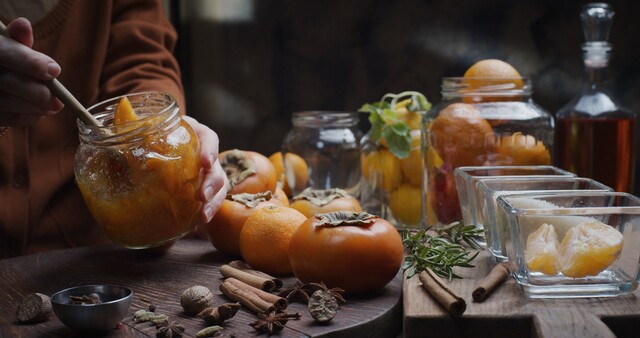
6 Hours average completion time
0.6 CEUs
11 Lessons
22 Exams & Assignments
43 Discussions
11 Videos
12 Reference Files
Mobile Friendly
Last Updated December 2025
Imagine capturing the essence of each season--locking away the sweetness of summer berries, the crisp freshness of autumn apples, and the savory delights of home-grown vegetables. Envision a pantry brimming with colorful jars of jams, pickles, and sauces, each one a testament to your skills, creativity, and care. This is the world of canning and food preservation, a practice that has stood the test of time, and one that you can now master through this transformative course.
In today's fast-paced world, where convenience often trumps quality, there is something uniquely fulfilling about slowing down, rolling up your sleeves, and preserving your food with your own hands. This course will take you on a journey--not just through the technical steps of canning, but into a deeper appreciation of food, tradition, and sustainability. By the end, you'll realize that canning and preserving aren't just about saving food; they're about savoring life.
Why This Course is Different--and Why You Need It
This isn't just another course on food preservation. It's a doorway to a more meaningful and empowered way of living. Whether you're a beginner looking to learn the basics or an experienced enthusiast wanting to refine your skills, this course is designed to meet you where you are and take you where you want to go.
Picture yourself mastering the ancient techniques of canning and preserving--gaining not only the skills but also the confidence to create delicious, homemade preserves from your garden or local farmers' market. There's something magical about knowing that you've captured the best of each season, stored safely in your pantry, ready to nourish you and your family all year long.
What makes this course truly unique is its holistic approach. You won't just learn how to can a jar of tomatoes or make a batch of jam; you'll discover the joy and satisfaction that come from knowing exactly what goes into your food--no preservatives, no hidden sugars, no artificial ingredients. You'll feel the empowerment of taking control of your food supply, understanding the science behind food preservation, and, most importantly, the peace of mind that comes with doing it safely.
An Experience That Goes Beyond the Kitchen
This course is more than just a practical guide--it's an experience. You'll delve into the rich history of food preservation, learning how generations before us preserved the bounty of their harvests. You'll understand the sustainability aspect of canning, how reducing food waste and preserving local, seasonal produce contributes to a healthier planet and a more sustainable lifestyle.
You'll also gain insight into the economic benefits of preserving your own food. As grocery prices continue to rise, having a pantry full of preserved fruits, vegetables, sauces, and jams means you're no longer at the mercy of off-season pricing. You can enjoy the flavors of summer in the dead of winter without paying a premium for imported goods.
But more than that, this course taps into something deeper--a connection to tradition, to the earth, and to the food that sustains us. You'll learn that canning is not just a skill; it's a way of life. A way of slowing down and appreciating the abundance around us, while taking proactive steps to nourish ourselves and our loved ones.
What You'll Gain: Practical Skills and So Much More
The practical skills you'll develop are invaluable--yes, you'll learn how to safely can fruits, vegetables, jams, and pickles, but you'll also learn to tailor those skills to meet your personal needs and dietary preferences. Whether you're looking to reduce sugar, cut out sodium, or create gluten-free preserves, this course empowers you to make adjustments that suit your health goals.
You'll explore the science of freezing, drying, and fermenting, allowing you to choose the best preservation methods for your specific ingredients. You'll also uncover the nuances of working with different fruits, vegetables, and even beverages--ensuring that every jar you seal is packed with the freshest flavors and nutrients possible.
Imagine being able to gift homemade chutneys, jams, or sauces--unique and thoughtful gifts that come straight from your kitchen. Or picture yourself hosting a dinner party where every dish contains a homemade element--whether it's a salad dressed with your own pickled beets or a dessert topped with your own fruit preserves. The possibilities are endless, and with the skills you gain here, they'll be well within your reach.
Your Gateway to a Healthier, More Fulfilling Life
At its core, this course is about more than just food preservation. It's about taking control of your food, your health, and your lifestyle. You'll walk away with a new sense of confidence, knowing that you can feed yourself and your family the very best--foods that are free from additives, full of flavor, and made with love.
And this course isn't just for the culinary-inclined. Even if you're new to the kitchen, you'll find the lessons approachable and accessible, designed to guide you step by step until you've mastered the art of canning. By the end, you'll realize that what you've learned goes far beyond recipes and techniques--you've gained a lifelong skill that will benefit you and your loved ones for years to come.
Take the Next Step Toward Empowerment
Preserving food is more than a culinary task--it's a way of preserving moments, memories, and the essence of each season. With every jar you seal, you'll capture not just flavors, but a little bit of time, a little bit of love, and a lot of care. The joy you'll feel when you open a jar months later, tasting the freshness as though it was just picked, is truly unparalleled.
Join us in this transformative journey. Embrace the art and science of food preservation, and discover a new way to nourish your body, nurture your creativity, and sustain your world. Let's preserve the best of life--together.
- Empowerment in health-conscious eating
- Confidence in food safety practices
- Enhanced mindfulness of food origins
- Year-round access to seasonal flavors
- Deep appreciation of food traditions
- Sustainable food preservation techniques
- Tailored preservation for dietary needs
- Resourcefulness in reducing food waste
- Creative culinary experimentation
-

Etiquette Consultant
-
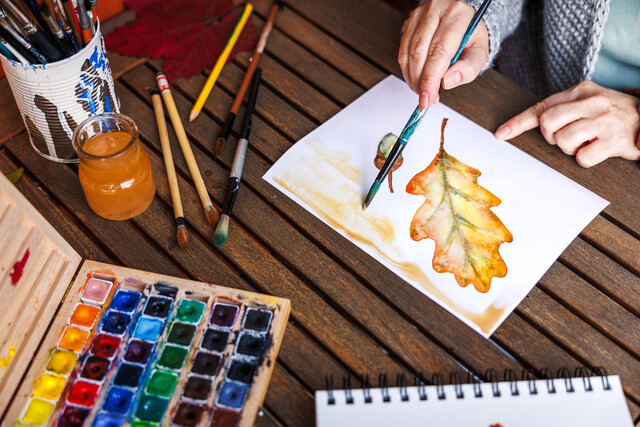
Watercolor Painting
-
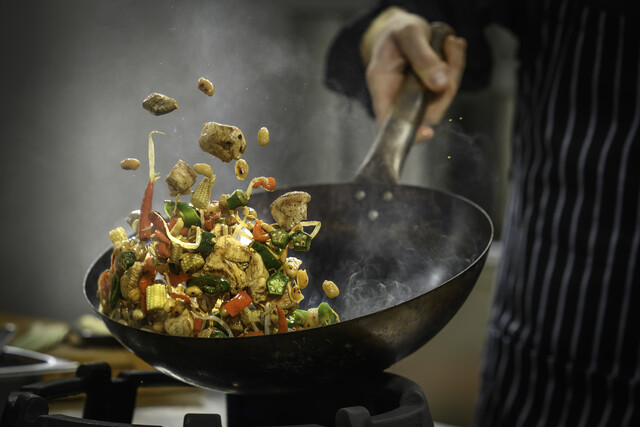
Cooking Class Bundle: 5 Cooking Courses
-
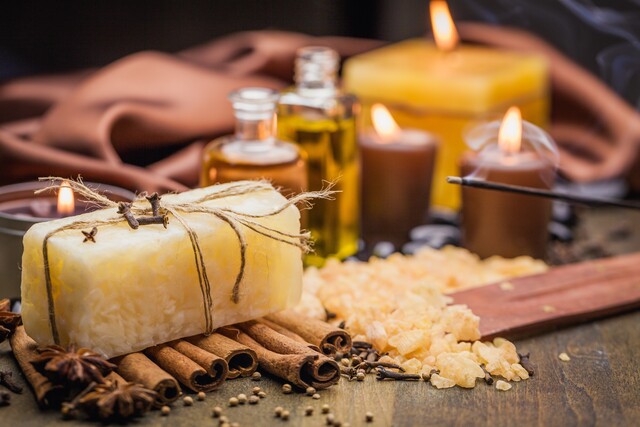
Soap Making Mastery
-
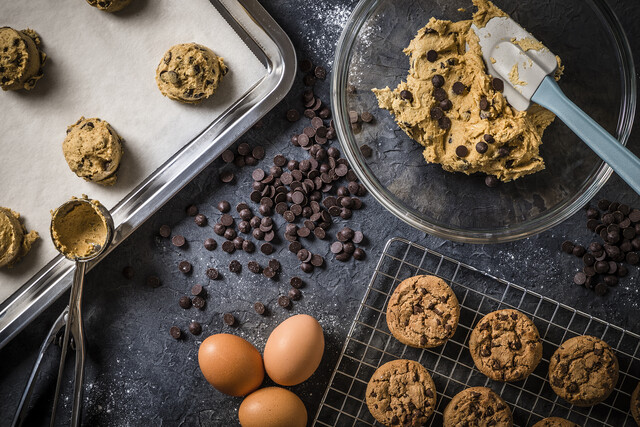
How to Bake Cookies
-
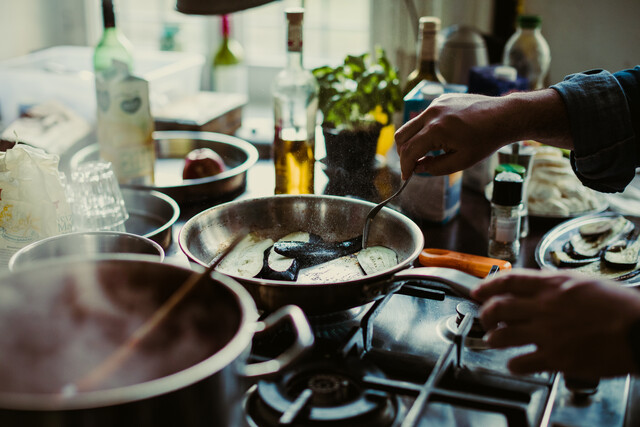
Cooking and Baking 101
-

Cake Decorating
-

Sewing
-
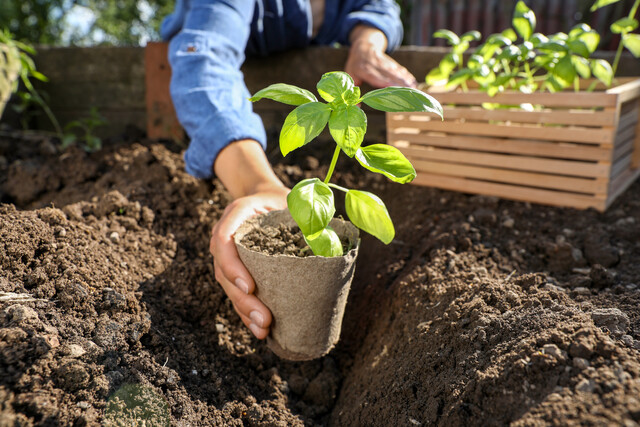
Introduction to Gardening
-

How to Knit
-
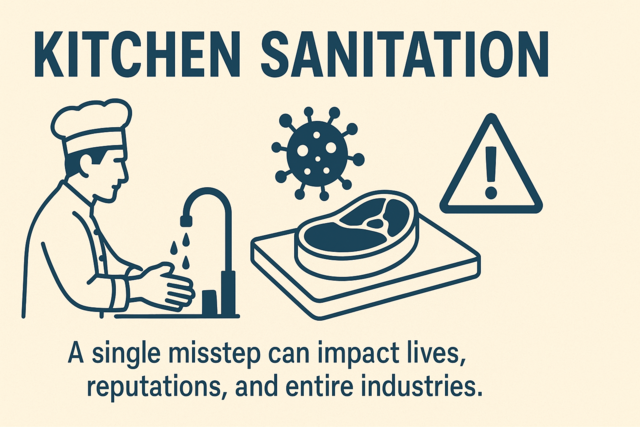
Kitchen Sanitation
-

Weight Loss Management
-

Landscaping 101
-

Nutrition 101
-

Wellness Coaching
-

Weight Training
-

Feng Shui 101
-

Western Calligraphy
-

Image Consultant
-
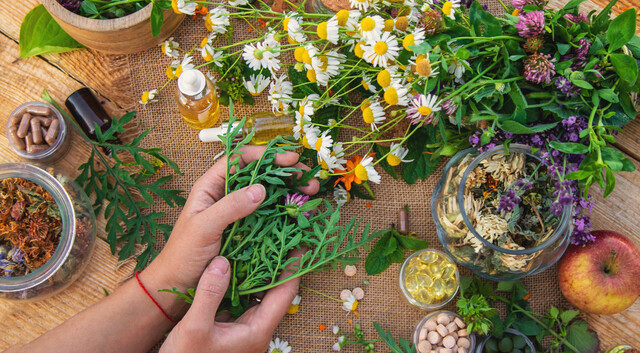
All About Herbs
-

Mixed Media Art
-
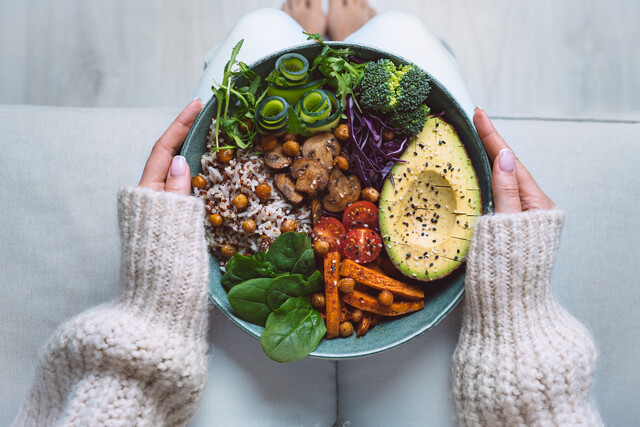
Vegetarian Living: Discover the World Beyond Meat
-

Lifetime Wellness 101
-

Become a Life Coach - Course Bundle
-
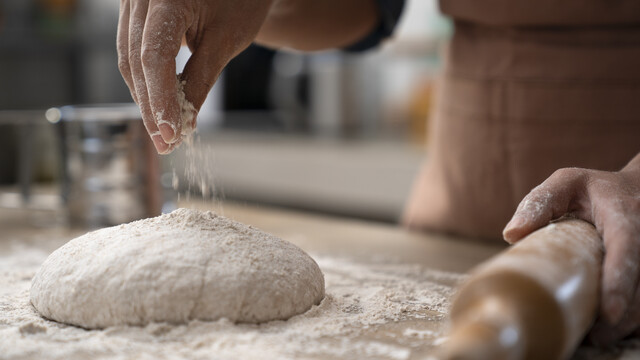
Beyond the Crust: The Heart and Soul of Bread Baking